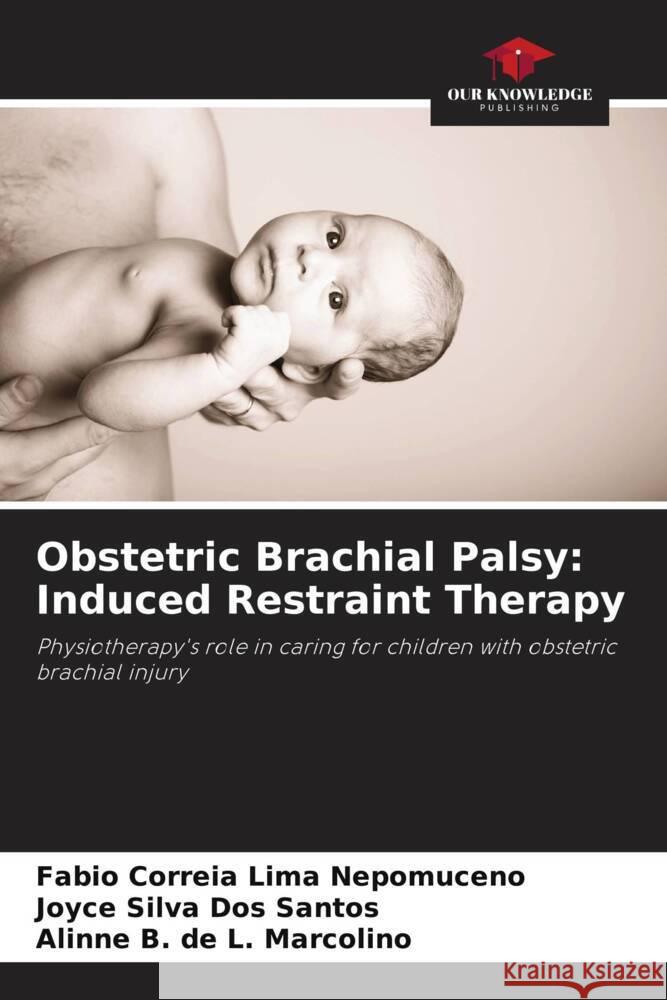Obstetric Brachial Palsy: Induced Restraint Therapy » książka
Obstetric Brachial Palsy: Induced Restraint Therapy
ISBN-13: 9786206474562 / Angielski / Miękka / 52 str.
The brachial plexus (BP) is a nerve structure made up of the roots of the cervical (C5, C6, C7, C8) and thoracic (T1) spinal nerves, whose function is to innervate the entire length of the upper limb (UL). Injuries to the BP have serious consequences for quality of life, affecting the motor and sensory performance of the affected segment, leading to direct impairment of functional abilities. Brachial plexus injuries (BPI) can be categorised into two forms: traumatic and neonatal. Obstetric brachial palsy is defined as an injury to the brachial plexus at birth. The injury is caused by stretching of the nerve trunks or root avulsion, and can be classified as Erb-Duchenne palsy (high palsy), which involves the C5-C6 roots, or Klumpke palsy, which involves the C8 to T1 roots. Children affected by Obstetric Brachial Palsy (OBP) generally neglect the affected side and start using the unaffected limb more often.











